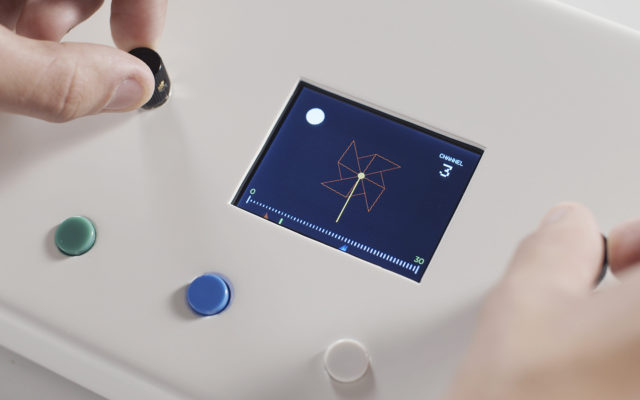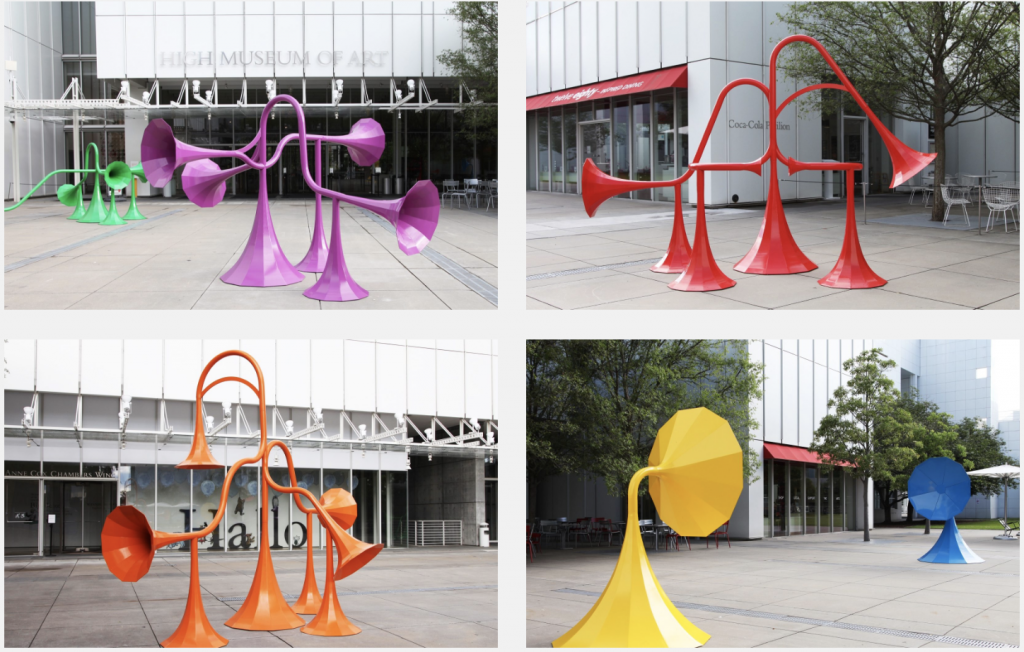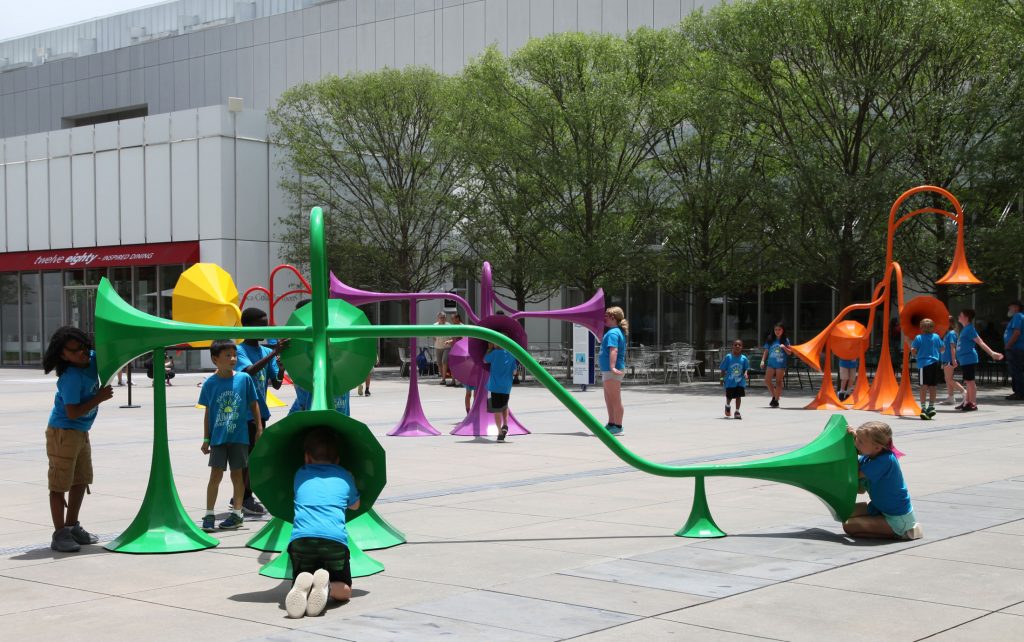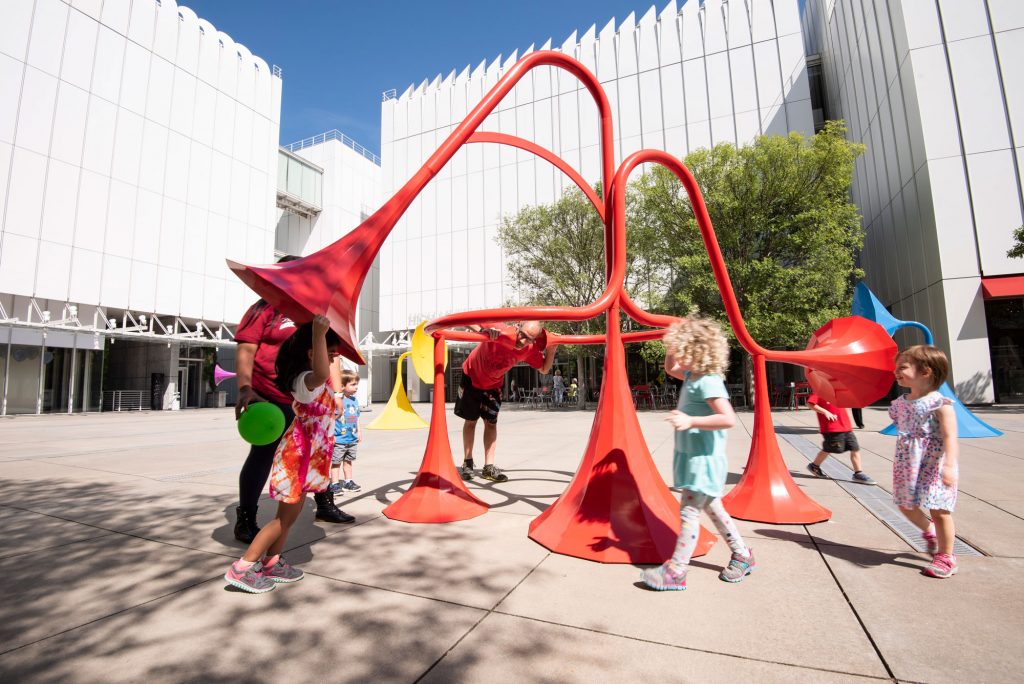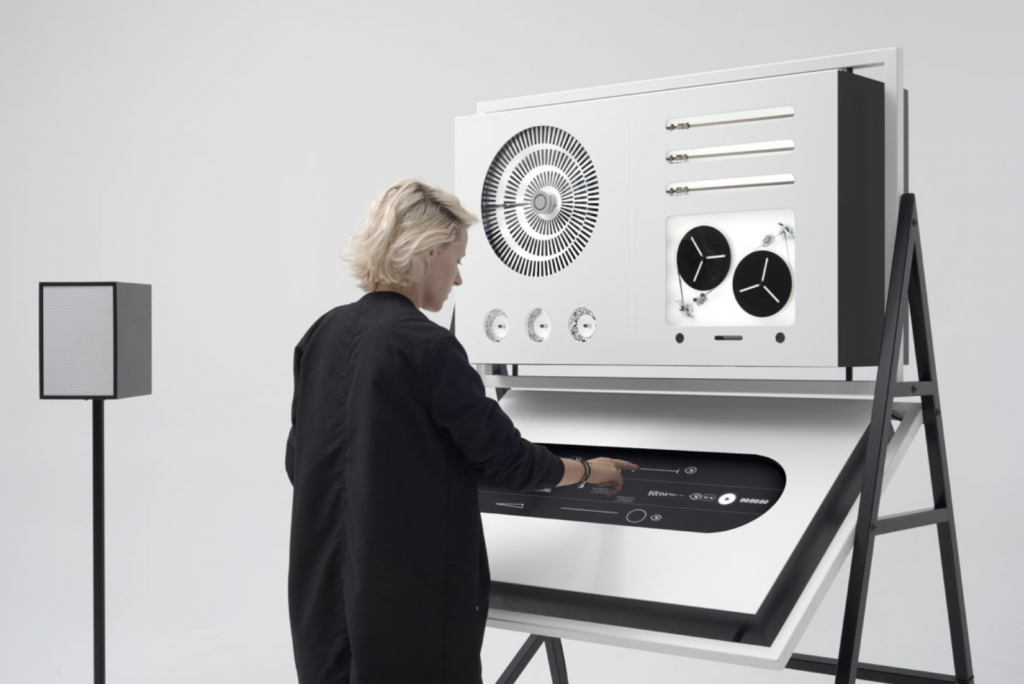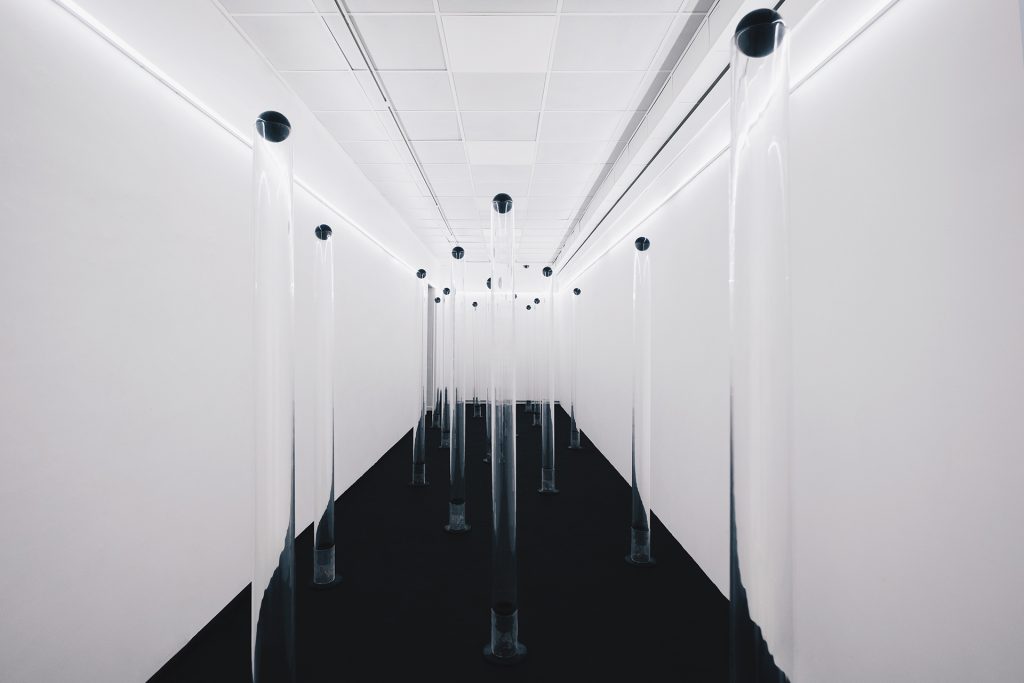
CarbonScapes is an installation by Chris Cheung that spreads awareness of CO2 pollution by visualizing sound data collected at various sources of high carbon footprints. Cheung initially collected sound samples from a variety of pollutants such as jet engines, industrial factories, and cargo ships and compiled the data into a single soundscape. To visualize this sound data, long tubes that imitate industrial chimneys are spread across the room each with a black sphere that moves up and down inside the tube in conjunction with the sound data. The combined soundscape in addition to the dynamic black spheres representing CO2 create a clear visual representation based on the initial audio sampling data.
I found the project to be a very interesting and unique way of visualizing audio and thought the pairing of CO2 levels with sound generated worked very well. The forest like appearance of the installation and the constantly moving spheres also tied very well into the theme and intention of the project while accurately depicting the data.
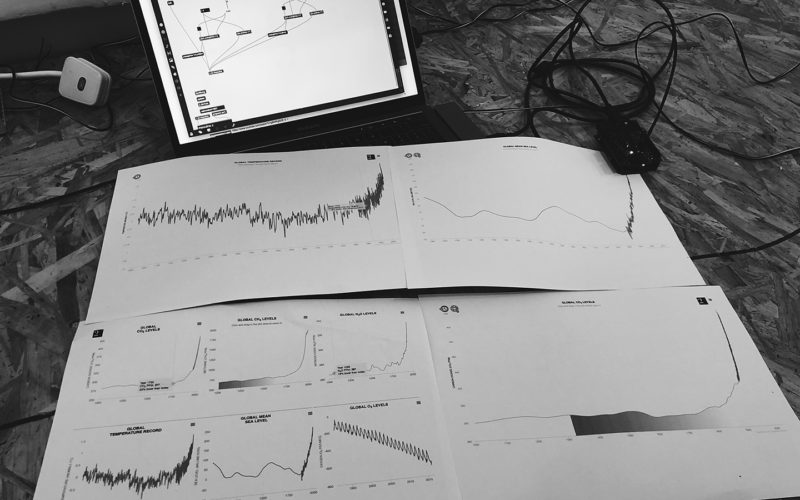
![[OLD FALL 2019] 15-104 • Introduction to Computing for Creative Practice](../../../../wp-content/uploads/2020/08/stop-banner.png)
